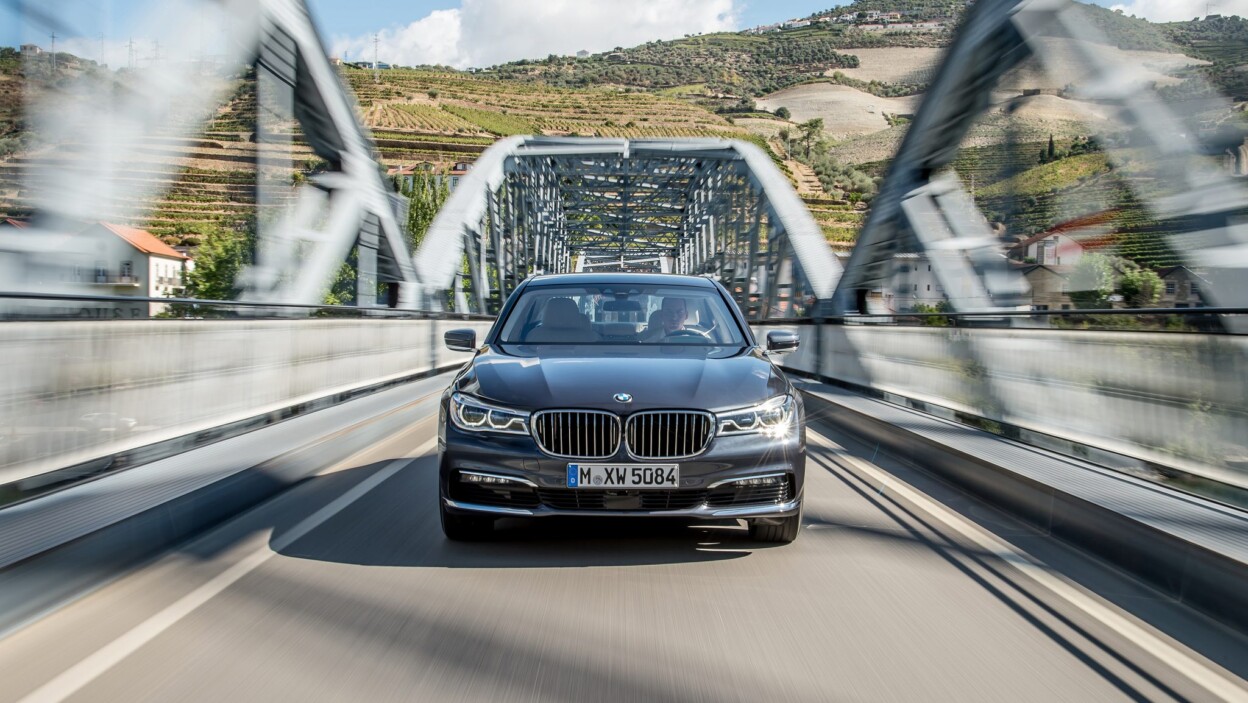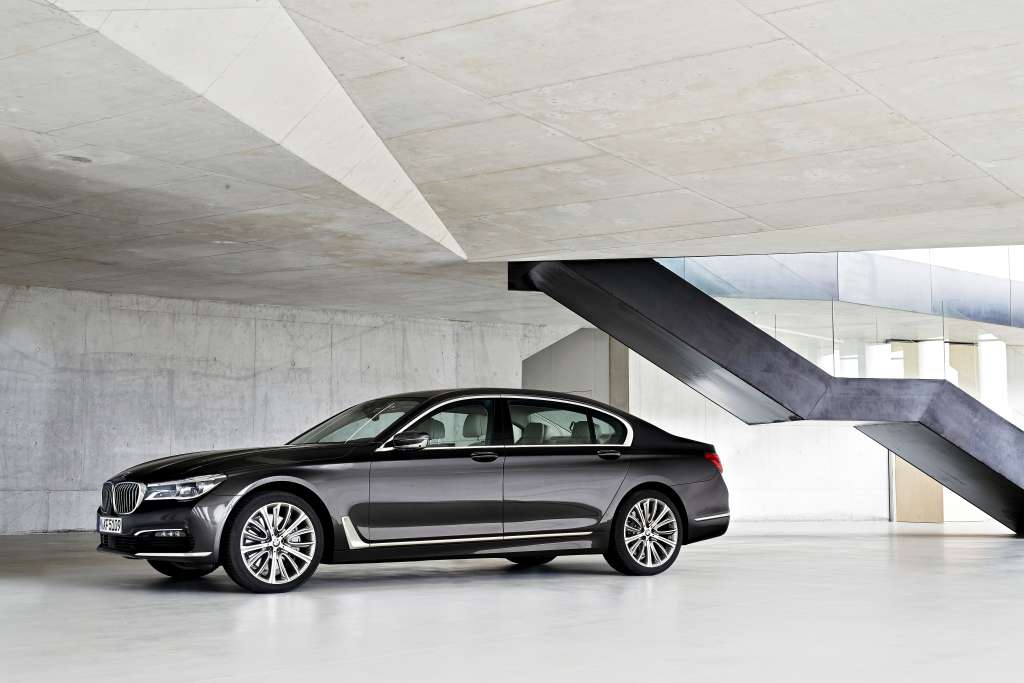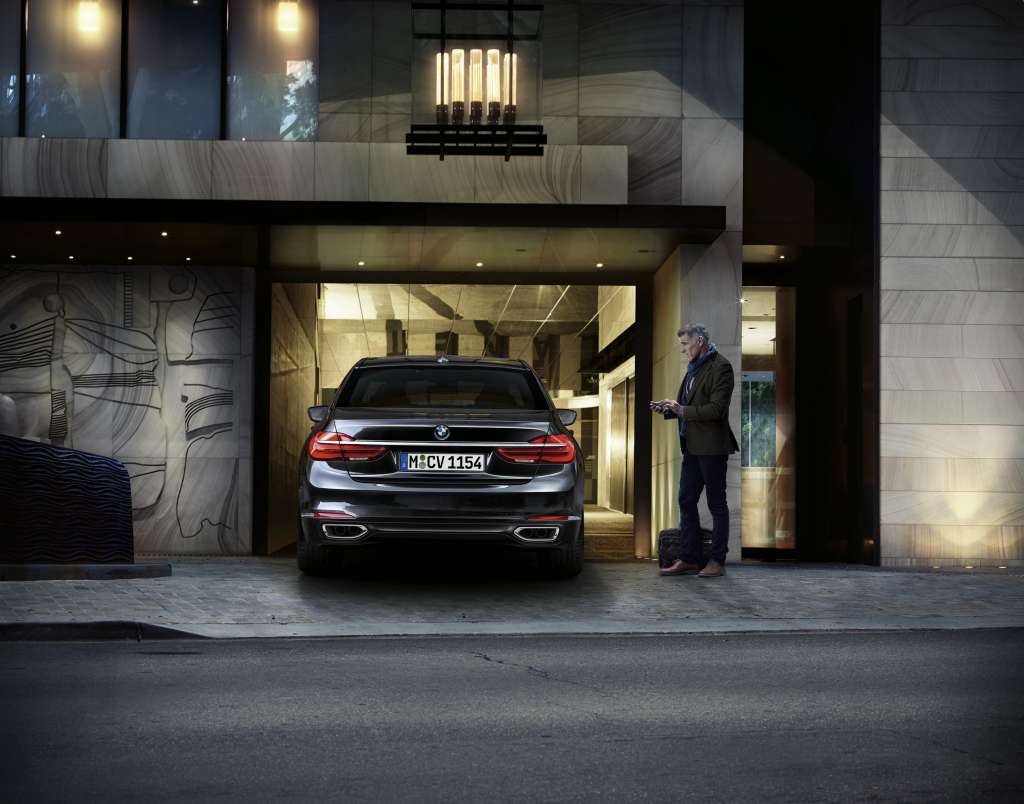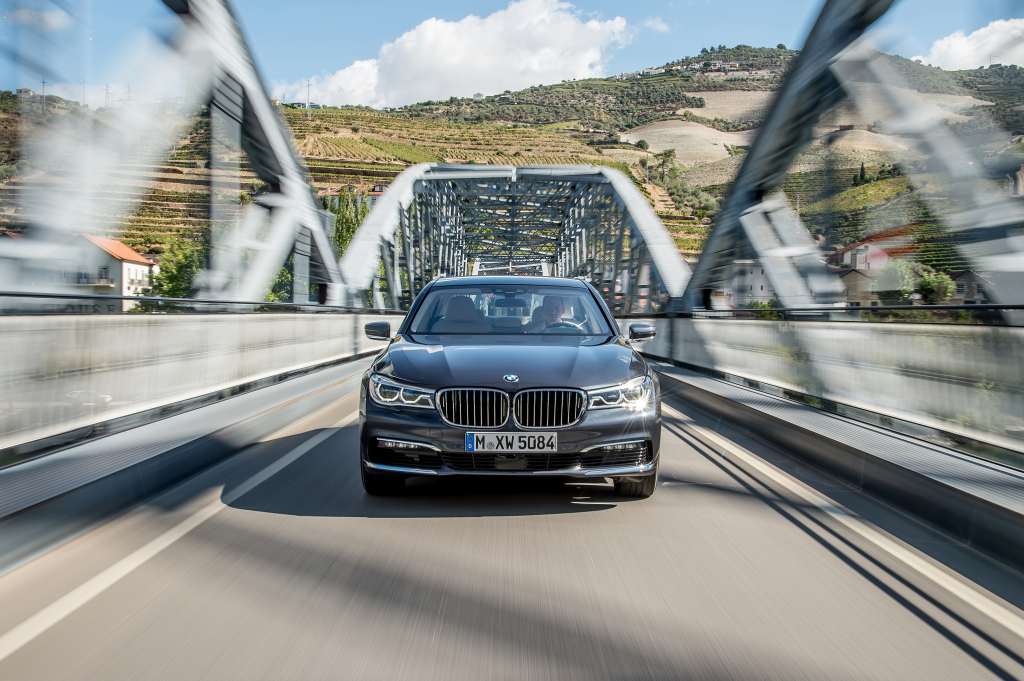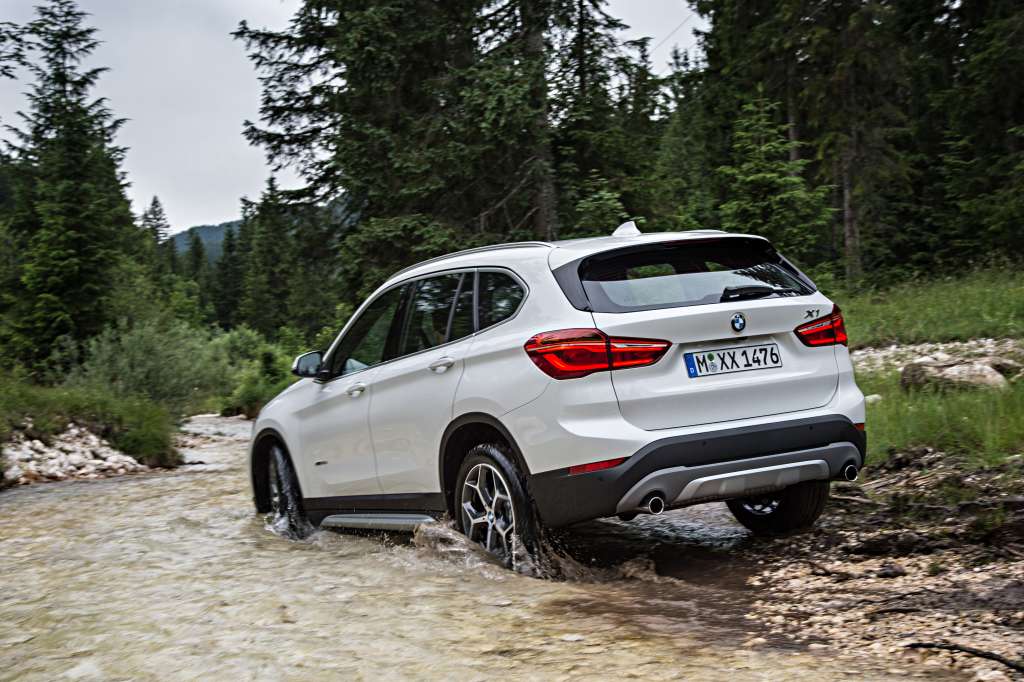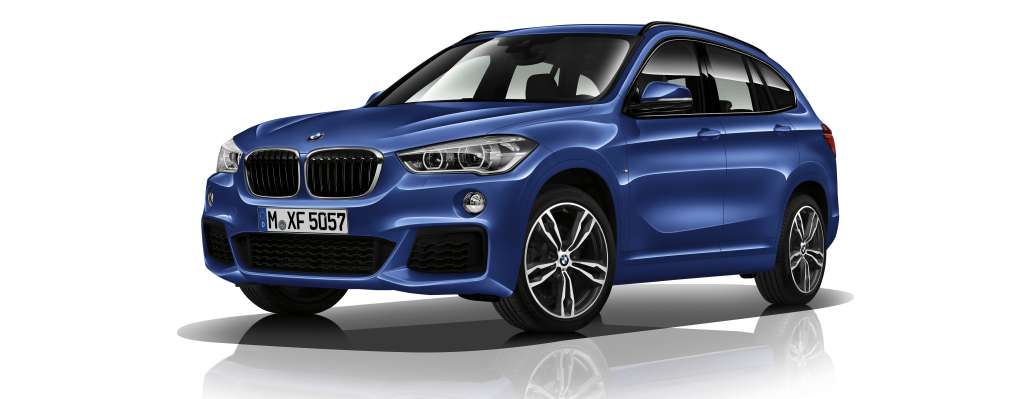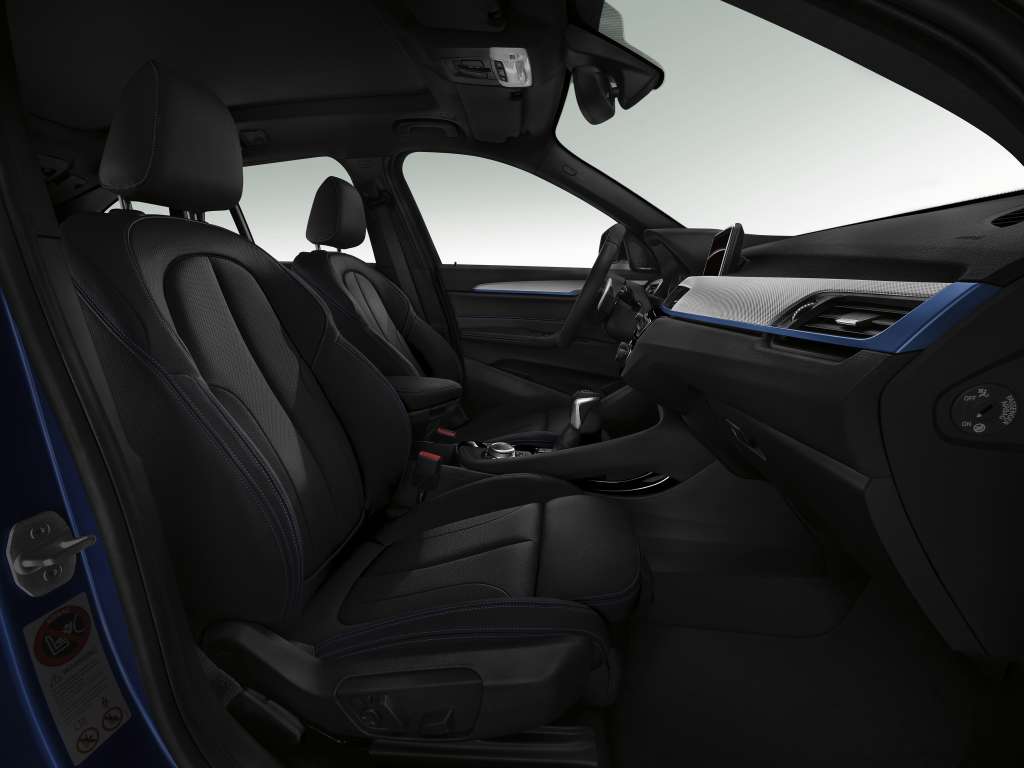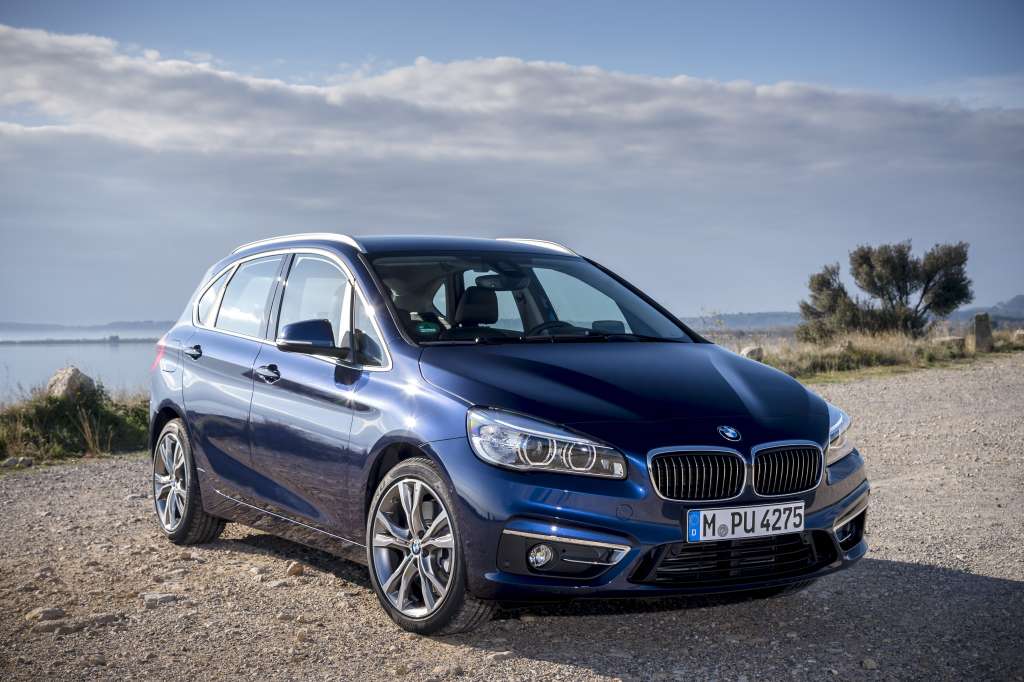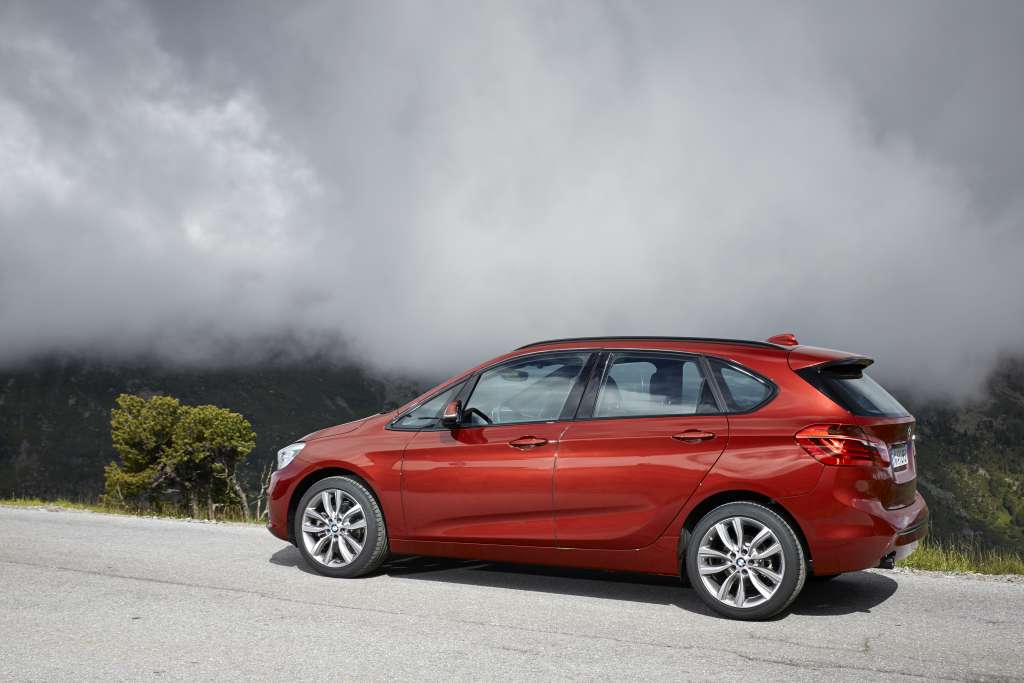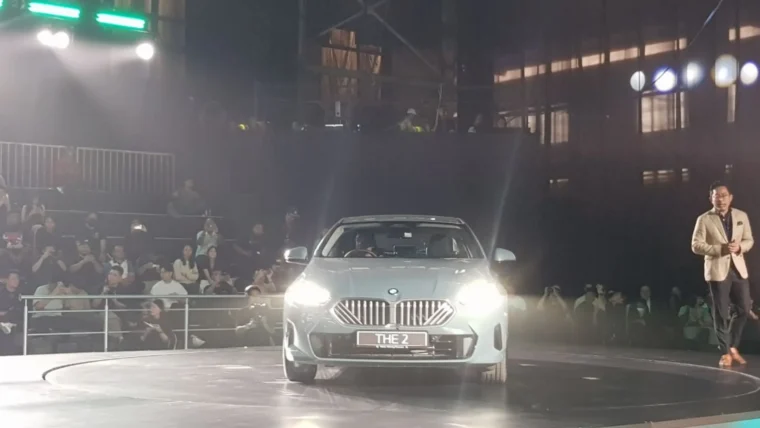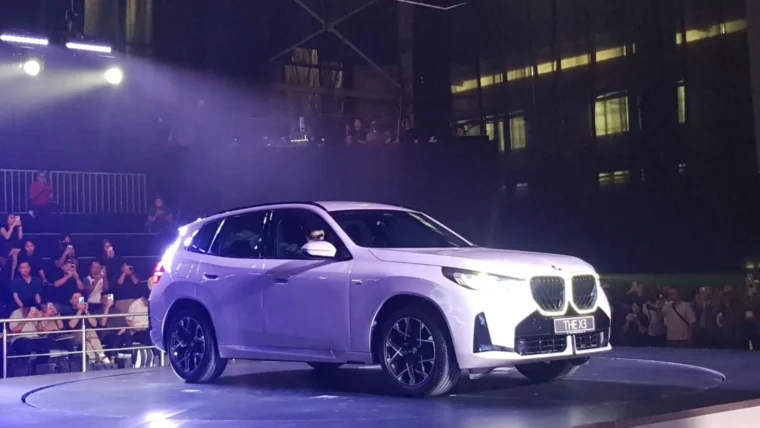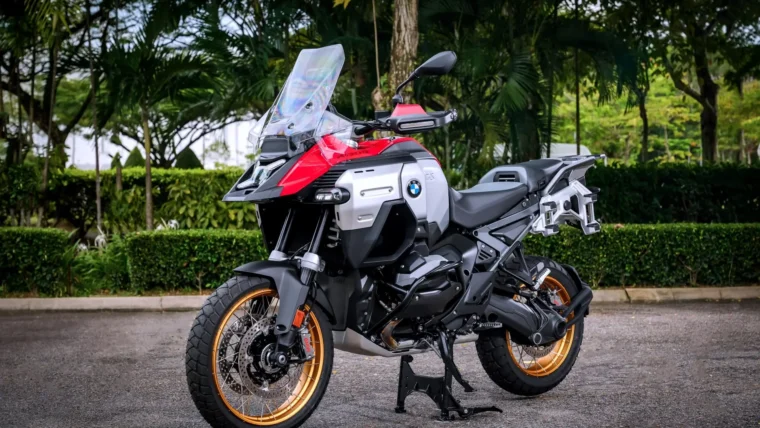BMW has just announced the introduction of additional equipment and variants for some of their models, namely the 7 series, X1 and 2 Series Active Tourer. These additions include new engine ranges as well as trim options.
Want to find out more? Below for BMW’s press release.
The new BMW 7 Series: Additional drive variants, premiere of remote controlled parking.
The character of the new BMW 7 Series is marked by driving pleasure, travel comfort and path-breaking, bespoke luxury. The luxury sedan is optionally available with either a standard or a long wheelbase. As from November 2015, individual requirements in terms of driving dynamics, efficiency and traction will be fulfilled thanks to greater diversity within the engine portfolio. A new addition to the range is a straight six-cylinder diesel engine with BMW TwinPower Turbo technology featuring multi-stage turbocharging and Common Rail direct injection the piezo injectors of which convey fuel into the combustion chambers with a maximum pressure of 2,500 bar. The newly developed 3-litre diesel power unit of the BMW Group’s latest generation of engines delivers a maximum output of 320 hp and up to 680 Newton metres of torque. The car will be debuting with intelligent four-wheel drive technology BMW xDrive. On the models BMW 740d xDrive and BMW 740Ld xDrive, the engine’s tractive power facilitates acceleration from 0 to 100 km/h in just 5.2 or 5.3 seconds respectively. Average fuel consumption and emission levels are 5.3 to 4.9 litres per 100 km and 139 to 129 grams per km for the BMW 740d xDrive and 5.4 to 5.0 litres per 100 km and 142 to 132 grams per km for the BMW 740Ld xDrive respectively; (figures according to EU test cycle, depending on selected tyre size).
The V8 petrol engine, which at launch was only available in conjunction with the intelligent four-wheel drive system BMW xDrive, can also be had in combination with conventional rear-wheel drive from November 2015. 450 hp power unit with a maximum torque of 650 Nm featured in the new models BMW 750i and BMW 750Li accelerates from 0 to100 km/h in a mere 4.7 seconds. Average fuel consumption of the BMW 750i is between 8.1 and 7.9 litres per 100 km (BMW 750Li: 8.3 – 8.0 litres), with CO2 emissions of between 189 and 184 grams per km (192 – 187 g/km; (figures according to EU test cycle, depending on selected tyre size).
The exceptionally wide array of driver assistant systems from BMW ConnectedDrive is also being supplemented by a further unique option. The new BMW 7 Series is the world’s first car that is able to manoeuvre into and out of forward-parking spaces or garages without a driver at the wheel. The Remote Controlled Parking option, which will be initially on offer for the BMW 730d, BMW 730Ld, BMW 730d xDrive and BMW 730Ld xDrive as well as the BMW 740d xDrive and BMW 740Ld xDrive from November 2015, facilitates the convenient usage of narrow parking spaces. The function of driving forwards into and reversing out of a parking space is activated by the driver outside the vehicle by means of the BMW Display key and performed by the vehicle semi-automatically. During the process the driver must watch out for any obstacles and bring the vehicle to a controlled stop if necessary. When the remote controlled parking system is to be activated, the vehicle must be positioned straight and centrically in front of the chosen parking space. The distance covered by a vehicle entering and leaving a parking space without a driver must not exceed one and a half-fold of the vehicle length.
The new BMW X1: Now also available with a three-cylinder petrol engine, a further four-wheel drive variant and as an M Sport version.
Thanks to engines of the BMW Group’s latest generation of engines and an efficiency-optimised version of the intelligent four-wheel drive system BMW xDrive, the new BMW X1 is now also able to offer enhanced driving pleasure coupled with significantly reduced fuel consumption and emission levels. From November 2015, the newly developed four-wheel drive technology will become available for a further engine variant. The new BMW X1 xDrive18d is powered by a 110 kW/150 hp four-cylinder diesel engine with BMW TwinPower Turbo technology and a maximum torque of 330 Newton metres. With this addition, the number of four-wheel drive variants of the new BMW X1 has been increased to five. The new BMW X1 xDrive18d with the standard 6-speed manual transmission sprints from 0 to 100 km/h in 9.2 seconds and with the optional 8-speed Steptronic transmission in 9.3 seconds. Average fuel consumption with both manual and automatic transmission is between 4.9 and 4.7 litres per 100 km, with CO2 emissions of between 129 and 124 grams per km; (figures according to EU test cycle, depending on selected tyre size).
Furthermore, a three-cylinder petrol engine with BMW TwinPower Turbo technology is now also available for the BMW X1. The power unit of the BMW X1 sDrive18i delivers a maximum output of 100 kW/136 hp and up to 220 Newton metres of torque. Both with the standard 6-speed manual transmission and the optional 6-speed Steptronic transmission acceleration from 0 to 100 km/h is accomplished in 9.7 seconds. Average fuel consumption and CO2 emission levels of the new BMW X1 sDrive18i are between 5.3 and 5.1 litres per 100 km (automatic: 5.6 – 5.3 litres) and from 124 to 119 grams per km (129 – 124 g/km; figures according to EU test cycle, depending on selected tyre size).
With the current addition, the range of engines available for the new BMW X1 increases to three petrol and three diesel versions. With the exception of the drive system featured in the BMW X1 sDrive18i, all engines are combined either as standard or optionally with fourwheel drive technology BMW xDrive.
Individual requirements in terms of design, driving pleasure and comfort will be fulfilled thanks to the wide variety of equipment that is now available for the new BMW X1. As from November 2015, the compact all-rounder can also be ordered in the M Sport version. This equipment variant comprises the model-specific M aerodynamics package, BMW Individual High Gloss Shadow Line, BMW Individual High Gloss Shadow Line roof rails, M sports suspension including vehicle lowering by 10 mm and 18-inch or optional 19-inch M light alloy wheels, which all underline the car’s immediately recognizable dynamic character and noticeably supreme handling characteristics. The optional exterior colour Estoril Blue metallic is exclusively available for the model M Sport. Inside the car, sports seats in anthracite fabric/Alcantara with blue accents, M leather clad steering wheel, M driver’s footrest and an anthracite BMW Individual roof liner contribute towards an exceptionally intensive driving experience. The specific cockpit design also comprises interior Aluminium Hexagon trims with matt Estoril Blue accent strips, exclusive entry sills and an LED light package including ambient light. Furthermore, on the model M Sport, the high-class range of standard equipment featured in the models Advantage, Sport Line and xLine is also supplemented, inter alia, by Cruise Control with braking function, Automatic Climate Control, multifunction buttons on the steering wheel, Automatic Climate Control with 2-zone regulation and Park Distance Control with sensors at the rear of the vehicle.
The BMW 2 Series Active Tourer: New entry-level model with petrol engine, third variant with BMW xDrive.
With the addition of two new model variants in the autumn of 2015, the BMW 2 Series Active Tourer will also benefit from enhanced diversity within the drive portfolio. As from November 2015, the petrol-driven BMW 216i Active Tourer will assume the role of an entry-level model. The car’s three-cylinder engine of the latest generation delivers a maximum power output of 75 kW/102 hp and up to 180 Newton metres of torque. The BMW 216i Active Tourer accelerates from 0 to 100 km/h in 11.3 seconds. Average fuel consumption is between 5.3 and 5.1 litres per 100 km, with corresponding CO2 emission of between 123 and 118 grams per km; (figures according to EU test cycle, depending on selected tyre size).
Therefore, the range of engines available for the BMW 2 Series Active Tourer now comprises four petrol and four diesel power units featuring BMW TwinPower Turbo technology. From November 2015, it will be possible to combine the intelligent four-wheel drive system BMW xDrive with three engines. New to the range is the BMW 218d xDrive Active Tourer. Its 2-litre four-cylinder diesel power unit with an output of 110 kW/150 hp and maximum torque of 330 Newton metres comes as standard with a 6-speed manual transmission or with an optional 8-speed Steptronic transmission, delivering power to the xDrive system which in turn distributes it as required to all four wheels. The BMW 218d xDrive Active Tourer sprints from 0 to 100 km/h in 8.6 seconds (automatic: 8.8 seconds). The new four-wheel drive model’s average fuel consumption is between 4.9 and 4.7 litres per 100 km (automatic: 4.8 – 4.6 litres). CO2 emissions are between 129 and 124 grams per km (127 – 122 g/km; figures according to EU test cycle, depending on selected tyre size).
A further improvement affects the choice of BMW 2 Series Gran Tourer models. From December 2015, the BMW 220d Gran Tourer will also be available with a 6-speed manual transmission. The 8- speed Steptronic transmission remains an option for this model variant. Notwithstanding the chosen transmission variant, the BMW 220d Gran Tourer powered by a 140 kW/190 hp four-cylinder diesel engine has an average fuel consumption of between 4.7 and 4.5 litres per 100 km and CO2 emissions of between 124 and 119 grams per km; (figures according to EU test cycle, depending on selected tyre size).
BMW 1 Series, BMW 2 Series Coupe and BMW 2 Series Convertible, BMW 3 Series and BMW 4 Series: Parking Assistant with an extended range of functions.
A new, further optimised version of the optional Parking Assistant will become available for many current BMW models as from November 2015. The system, which is available in conjunction with the Park Distance Control feature, assists the driver with the choice and use of parking spaces situated either parallel or transverse to the carriageway. It now offers a lateral parking aid in order to increase precision when manoeuvring. Two additional sensors located in the side panels of the vehicle rear detect any possible obstacles. Thanks to optimised monitoring of the vehicle’s immediate surroundings, the driver is now informed of the distance to the obstacle during the parking process by means of an acoustic warning and a coloured graphic representation on the control display of the iDrive operating system.
Other posts by AF Newsdesk

